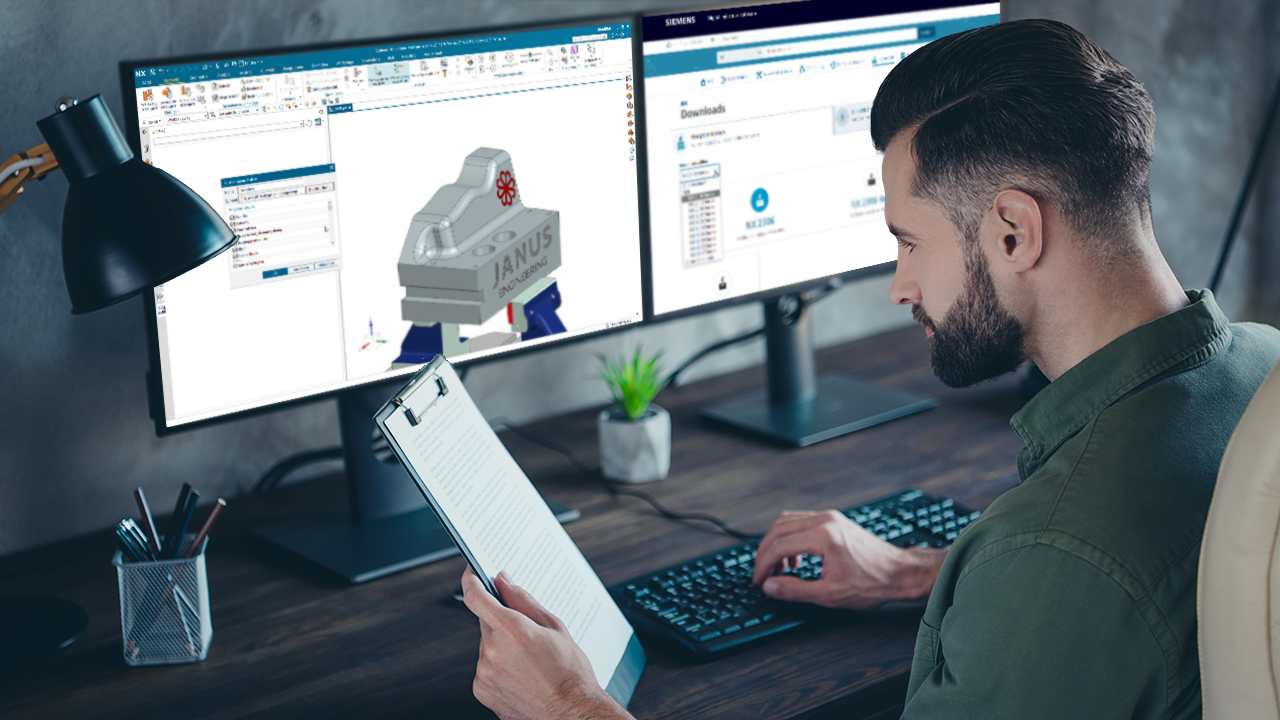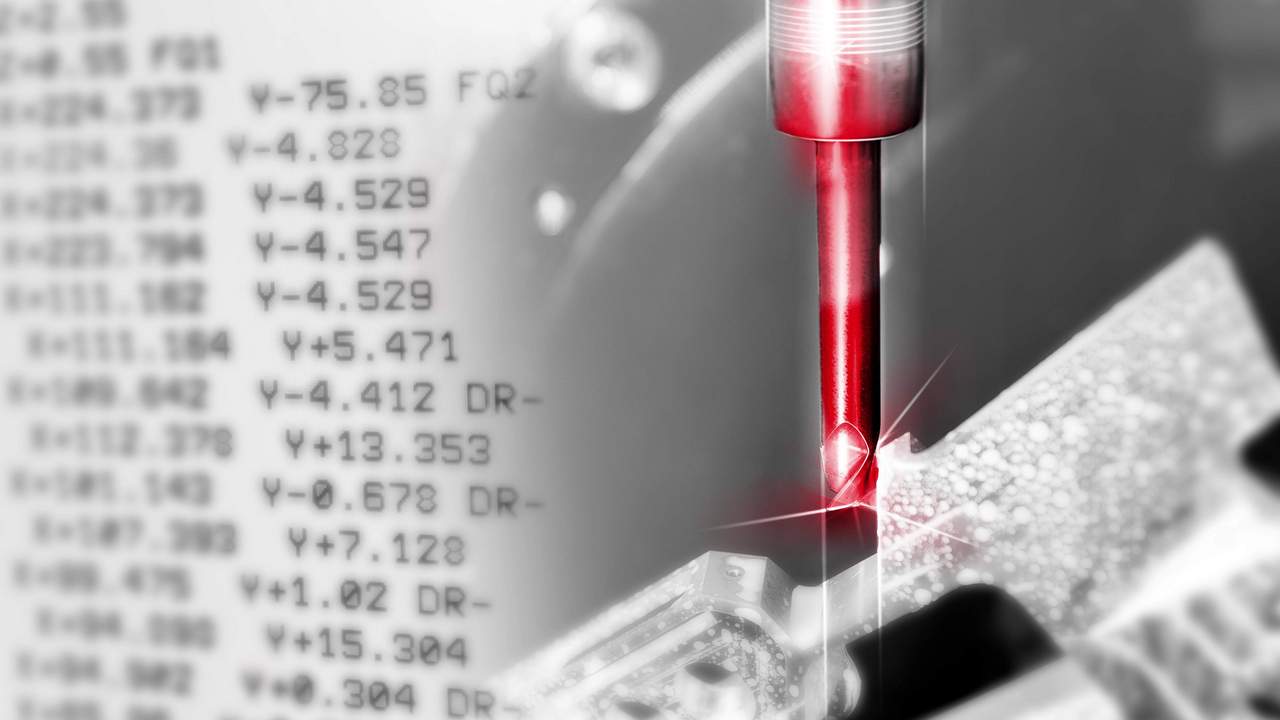An efficient manufacturing process not only ensures competitiveness among manufacturing companies but also plays a vital role in sustaining local production facilities. In Switzerland, for instance, lean and streamlined manufacturing processes allow companies to maintain their production operations within the country while remaining economically viable. As a manufacturing manager with significant responsibility for manufacturing, this is a challenging endeavor. In this blog post, we won't provide a detailed step-by-step guide, but we will share some valuable tips that have proven effective in rapidly boosting productivity in specific areas for our customers.
5 Tips for increasing Productivity in Manufacturing
How to optimise your manufacturing processes to enhance efficiency and reduce costs.

Standardisation:
Standardizing procedures and processes is a highly effective approach to enhancing productivity in manufacturing. The uniform and standardized communication of design and manufacturing information through the implementation of Model Based Definition (learn more in the article "Process consistency with Model Based Enterprise") offers a multitude of opportunities for productivity improvement. These include reduced lead times and accurate, consistent information transfer. Such practices help minimize errors and rework, ultimately saving valuable time and resources.
| Here's our tip: To implement a successful Model Based Definition (MBD) standard, we strongly suggest defining fixed templates. These templates act as guidelines for consistently creating and communicating design and manufacturing information. They specify how geometric tolerances, dimensions, and surface finishes should be documented. Seeking assistance from an experienced CAD partner can greatly support you in this process. |
Automation and Digitalization:
Automating manufacturing processes is not only a crucial step towards increasing productivity and process reliability, but also an effective solution to address the skills shortage. By leveraging appropriate technologies, companies can efficiently utilize their limited resources and maintain productivity despite the scarcity of skilled workers. To effectively implement and control automated manufacturing processes, powerful CAM software plays a pivotal role. However, achieving the desired efficiency gains is not solely dependent on purchasing and utilizing CAM software. To fully unlock the manufacturing potential, it is crucial to ensure optimal integration of your machines into the system.
| Here's our tip: Verify whether your machines are seamlessly connected to the CAM system. Are the Post Processors tailored to your specific machines and manufacturing processes? Assess if there is room for optimization and potential improvements by optimizing the Post Processor. You can find further information on this topic in the article "Post Processors: More than just converting toolpaths into coordinates." |
Furthermore, enhancing process reliability can be achieved through machine simulation. This approach helps prevent collisions that can lead to scrap and machine downtime during production.
At JANUS Engineering, we specialize in connecting machines to Siemens NX CAM, which is our core competence. Together, we can maximize your manufacturing capabilities.
Continuous Process Optimization:
Continuously optimizing manufacturing processes is essential for increasing productivity. Regular reviews of these processes allow for the identification of bottlenecks and inefficiencies. By strategically employing automation technology, repetitive tasks can be reliably delegated, freeing up qualified personnel to focus on more demanding activities. Employee involvement is a vital component, as it fosters commitment and facilitates the identification of optimization opportunities.
| Here's our tip: Encourage your employees to document recurring time-consuming tasks, such as drilling and milling, and engage in team discussions on how to simplify these activities. Collaborating with a digitalization partner specializing in manufacturing can assist you in automating these workflow steps. Additionally, conducting an analysis together with your partner can help identify untapped potential for improvement. |
Training and professional Development of Employees:
The competence of employees plays a pivotal role in increasing productivity in manufacturing. It empowers them to tackle more demanding tasks and optimize the manufacturing process.
| Here's our tip: Regularly offer practical and job-oriented training sessions and workshops. It is crucial to involve internal specialists or external experts who can impart practical knowledge to employees and provide them with opportunities to apply what they have learned in real-life scenarios. Additionally, establishing a central support system, such as a hotline, where experienced experts can assist employees, proves beneficial. Service providers like JANUS Engineering offer this kind of support to their customers, helping employees with inquiries related to NX CAM. |
These four tips serve as actionable starting points to boost productivity, although they won't achieve fully automated and optimized manufacturing. It's important to acknowledge that technological advancements continuously bring new possibilities, but they also introduce increased complexity that can be challenging to handle independently.
|
Therefore, as a final tip: We advise you to have a reliable partner by your side, who can assist in managing this complexity and optimizing your production processes collaboratively. |
As an experienced Partner, JANUS Engineering is dedicated to helping you optimize your manufacturing operations and navigate the growing complexity. Contact us today to discuss your goals and challenges together.
Subscribe to our blog
Tips and news around digital manufacturing.




